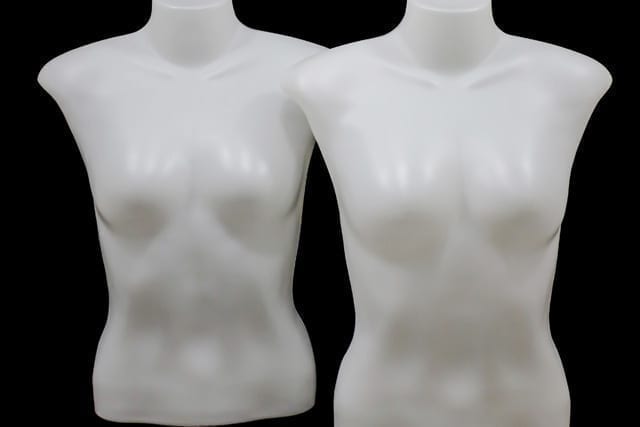Have you ever had your sense of worth as an intelligent person dissolve at the sound of a cat-call? You can feel like an accomplished individual one moment and a piece of meat the next. It’s not just what people say that reduces women to sexual objects; it’s the way that people look at women in general. And other women are just as guilty of such objectifying glances.
In this study, researchers tested the theory that women are more likely than men to be reduced to the sum of their sexiest parts. The team presented undergraduates with pictures of men and women on a computer screen. Each person was photographed from the knees up and was neutrally clothed in black pants and a white tank top. The participants then saw two images: the one they had just seen and another in which the photographed person’s waist or chest was altered to be a little bigger or a little smaller. Those are the parts, the researchers determined, which are most sexualized, and the ones we focus on when we look at other people.
In half the trials, the side-by-side arrangement showed the photographed person’s whole body. In the other half, the picture was zoomed in on just the waist or chest. The undergraduates had to choose which picture matched the original.
The participants—guys and girls alike—were better at recognizing the photos of men when their whole bodies were shown. Conversely, the participants better recognized the women when the side-by-side arrangement only showed their midsections or chests. Both genders identified the women by their parts rather than as whole people.
However, this effect was counteracted when participants first engaged in a task that made them focus on the big picture instead of details. Large letters made up of smaller letters appeared on their computer screens, for example, a big H with the vertical and horizontal lines made up of little Fs. After completing 16 trials in which they had to identify the larger letter, participants were just as good at recognizing women in whole pictures as they were at recognizing them by their parts.
The bottom line: Women are reduced to parts—objectified—in viewers’ minds, but making the effort to take in the big picture can overcome this biased tendency.




































